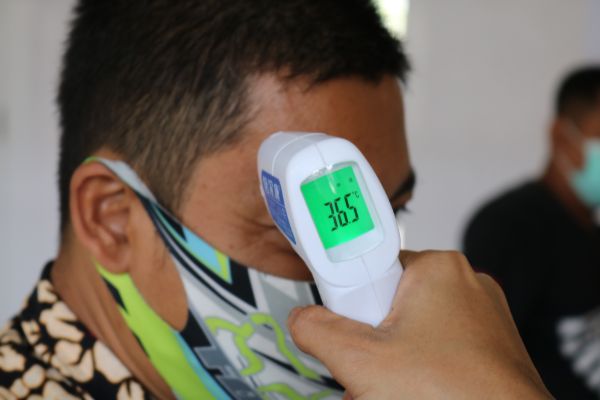Urinary tract infections (UTI) affect both men and women, but women have a much higher risk of contracting one, statistically one in every two women will contract a urinary tract infection. Some women will have infections repeatedly for multiple years. The symptoms of a UTI can be quite annoying and painful, they typically are not a serious condition but do require treatment from a doctor. Due to the classic recognizable symptoms of a urinary tract infection the malady is easily diagnosed by a physician.
While not a serious condition a UTI can be quite painful. Sitting in a doctor’s office for hours can be a rather uncomfortable, if not awkward situation, that is when you actually get an appointment. Using a video chat doctor can be a much more comfortable solution to getting the treatment you need right away and on your own terms. Video chat doctor consultations are done in the privacy and comfort of your own home or where ever you choose and primarily at any time you wish day or night seven days a week. Your video chat exam will be a face-to-face consultation with a United States board certified physician that is licensed to practice medicine in your state.
Enrolling with a telemedicine service is quite simple and cost is typically based on a set fee per chat session. All you need to do to get started is to register online or from your mobile phone (download a free app) and fill out the necessary medical background questions to register. Once you are registered it’s an easy step by step selection process of selecting a date and time and then finally which doctor you wish to have your video chat consultation with. The entire process usually is done in less than thirty minutes.
How A Video Chat Doctor Will Treat Urinary Tract Infections?
The doctor of your choice will have a face-to-face computer or mobile phone device consultation with you at the appointed time you selected. The exam will be much the same as you would experience in a doctor’s office. The doctor will have specific questions for you based on what you have told him regarding your medical history and your symptoms and may even ask you to have a fresh urine sample in a clear glass or plastic container for visual examination. When the doctor has obtained sufficient information through both visual examinations of you and a complete history of your symptoms a diagnosis will be given to you.
The doctor will then carefully explain your treatment plan and prognosis (expected outcome) and answer any questions you may have. Your treatment plan may include prescription antibiotics and or other medications, but the doctor is in no way obligated to prescribe them for you unless the diagnosis deems it a medical necessity. Your doctor may recommend over the counter pain relievers for the discomfort you may be feeling, in most all states telemedicine doctors may not prescribe controlled substance drugs for pain.
What Information You Will Need to Have Ready for The Doctor
Just before you begin your video chat with the doctor collect a fresh urine sample in a clean clear container for the doctor’s visual inspection. Make a list of all your symptoms, when they began, take your temperature just before your video chat begins and then a list of questions you want to ask the doctor during your exam. Have your health insurance information handy when you are registering, it is not required to obtain services but you may find your video chat consultation is covered under your health insurance policy.
What Kind of Resolution Can I Expect from The Doctor?
With a video chat doctor consultation, you can expect prompt attention, typically within the hour. A professional U.S. board certified physician’s examination and diagnosis. Clear understandable explanation of your diagnosis’s treatment plan and expected prognosis (outcome). Medications needed to treat your condition which the doctor will call in or electronically send to the local pharmacy of your choice. The doctor is not obligated to provide medications unless it is his or her judgment that they are necessary and are permitted by your state’s guidelines.




